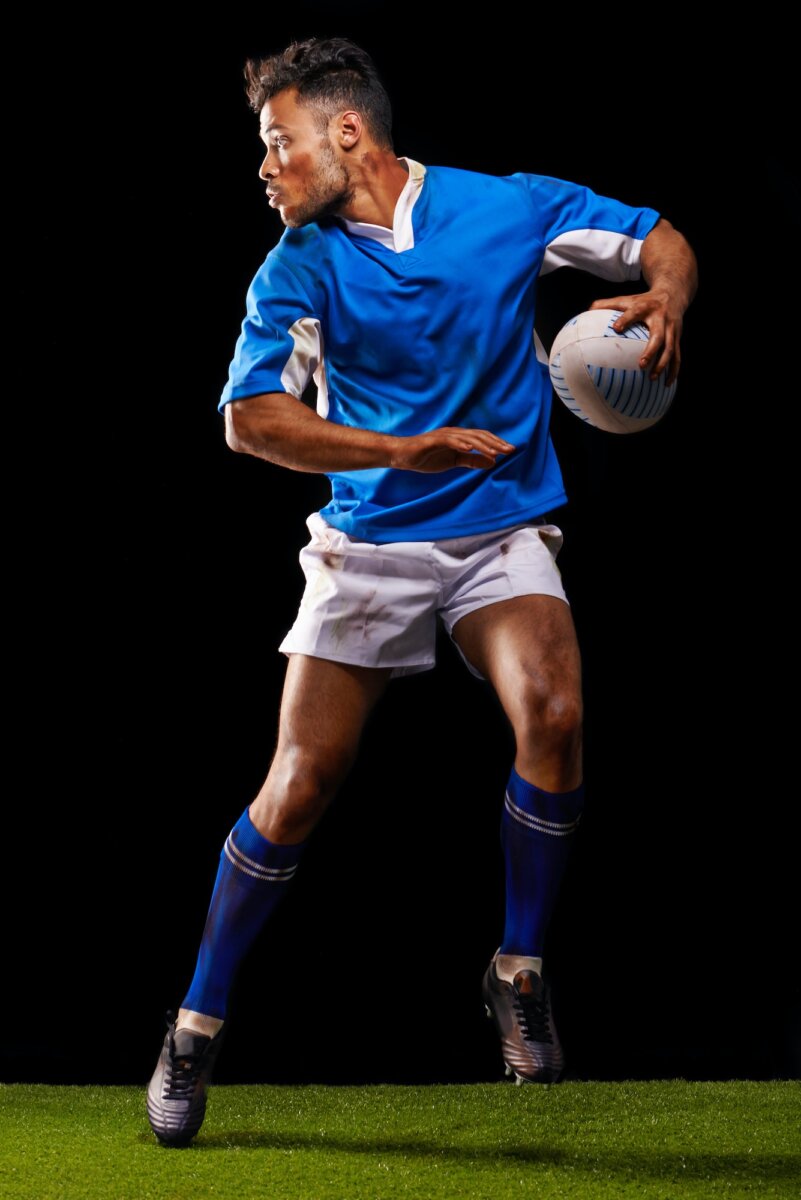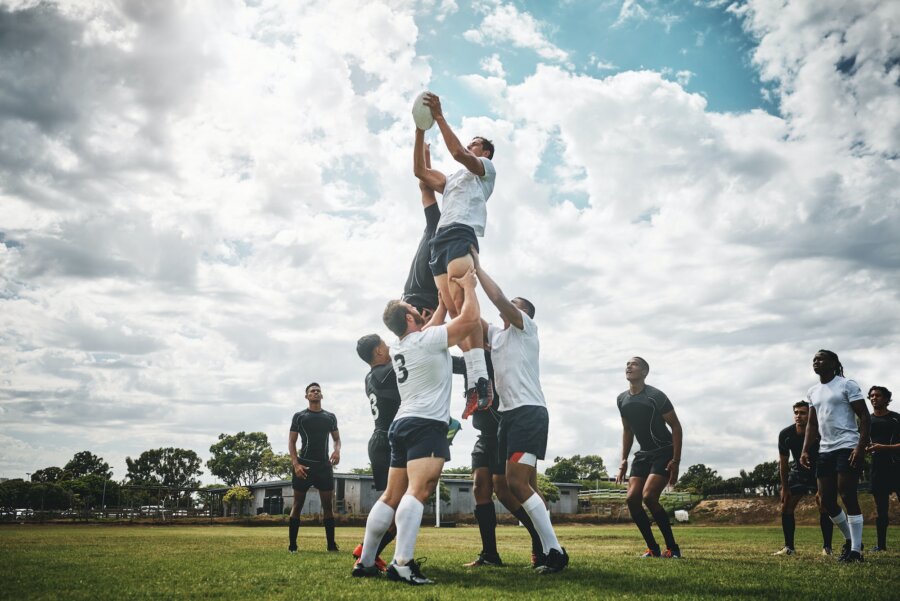The Waratahs have a long history that dates back to the club’s founding in 1882. One of the most famous Waratah teams from their early days was the 1927/28 side, who toured the United Kingdom, France, and North America. Their style of play was characterised by open, running rugby that has marked Australian rugby ever since. They won 24 and drew two of their 31 official matches and received a parade through Sydney and a reception at Town Hall on their return to Australia.
In their first season in Super 12 which began in 1996, the Waratahs endured an indifferent campaign and finished mid-table in 6th place. The next season in 1997 they finished in 9th. In the next few seasons, they repeatedly failed to reach the finals stages, until eventually in 2002 they enjoyed a breakout campaign.
The Waratahs broke records as they won eight out of 11 games that season, earning them 2nd place in the league. They advanced to the semi-final for the first time, which they lost soundly to the Brumbies by a scoreline of 51–10. A few years later in 2005, the Waratahs enjoyed their best season yet, finishing 2nd overall and reaching the Super Rugby final, which saw the Waratahs lose against the Crusaders.
In their first Super 14 campaign in 2006, when the competition expanded, the Waratahs enjoyed a fine season that would ultimately end in disappointment. The Waratahs finished in 3rd place in the overall standings and made the semi-final. Just before their semi-final their star player Wendell Sailor tested positive for an illegal substance and faced a career ending ban from the game. He would be banned for two years. In the semi-final, they faced off against the Hurricanes in Wellington, narrowly losing 16–14 in a heart-breaking defeat and bitter end to an impressive campaign.
This disappointment carried over into a poor 2007 season in which the Waratahs won only three games and finished second to last on the ladder. The only positive of the season was the rise of Kurtley Beale, who would go on to help them enjoy a successful campaign in the following season.
The 2008 season began slowly for the Waratahs, but they soon gained momentum and finished in 2nd place overall. They won a home semi-final against the Sharks, and advanced to their first Super 14 final, which they would play against the Crusaders, a repeat of the 2005 Super 12 Final. They ended up losing the game 20–12.

